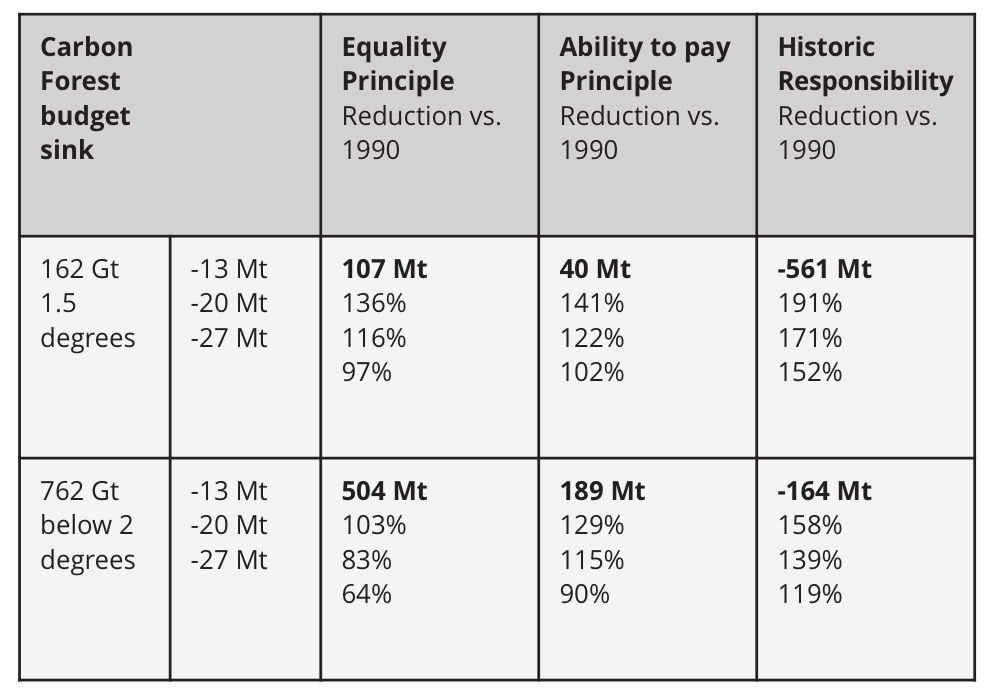Markku Ollikainen, Professor of Environmental and Resource Economics at the University of Helsinki’s Department of Economics and Management details why a higher level of ambition in climate policy is greatly needed in Finland
Like all European Union (EU) Member States, Finland is preparing its long-term climate policy plan. For this work, Minister Kimmo Tiilikainen asked for science-based policy advice from the Finnish Climate Change Panel, established by the Finnish Climate Act. The Finnish Climate Change Panel consists of top climate policy researchers and is a truly multidisciplinary body. The Finnish Climate Act requires that for all climate policy plans – mid-term mitigation plan, long-term mitigation plan and adaptation plan – the government calls for the Panel’s official statement. This time, the Panel was asked to provide insight into the following question: what level of the 2050 mitigation targets would be globally fair and consistent with the Paris Climate Agreement? The Panel suggests increasing the ambition far beyond the 80% reduction target for GHG emissions adopted by the EU. This recommendation is based on a new illustrative calculation.
The Panel applied estimates of the global carbon budgets that are consistent with the goal of limiting the increase in the global temperature well below 2 degrees and strive for 1.5 degrees. Applying carbon budgets to a country level contains many restrictions, but this approach can nevertheless be very instructive. What a country regards as globally equitable or sufficiently ambitious is a normative question.
The literature on globally equitable mitigation policy has used alternative, well-formulated equity criteria, focusing on their outcomes. The Finnish Panel based its calculations on those criteria:
- Equality principle: The remaining carbon budget is shared out equally to each person in the world.
- Ability to pay principle: Each country gets a share of the per capita carbon budget based inversely on the country’s per capita gross domestic product.
- Historic responsibility principle: Each country receives the same allocation of per capita emissions when accounting for past and future emissions in a selected time period and according to the carbon budget.
Each of the criteria has its pros and cons. However, if all criteria lead to rather similar outcomes, one could conclude that the implications for the ambition of mitigation policy are rather robust.
The key results of the Panel’s analysis are condensed in the following table. The chosen carbon budgets are based on IPCC’s calculation principles and are consistent with 66% probability of achieving the two goals specified by the Paris Agreement.

The bolded figures provide the maximum national carbon budget available for Finland up to 2050 under each equity criteria. Calculations are made postulating alternative levels of the net (forest) sink in the land use, land-use change and forestry (LULUCF) sector. Thus, GHG emissions reported in the table contain both fossil and process-based emissions and negative emissions by alternative levels of the net sink. In principle, the higher the sink, the less the country has to reduce fossil emissions.
The message from the table is clear. Under the 1.5 degrees target, Finland needs to eliminate practically all GHG emissions and keep the sink at least at the current level, which is -27.1 Mt. Under the 2 degrees target, the equality principle gives a reduction rate below a 100%, while historic responsibility requires more than 100% reduction and the ability to pay does the same for lower sinks.
Assuming a linear reduction of emissions, Finland should be carbon neutral by 2035 under the first two criteria and 2030, under historic responsibility when the target is 1.5 degrees. When the target is 2 degrees, the years are the same, except for the equality principle, it is 2045, which is Finland’s official target.
The figures in the table contain some restrictions, however. As the global carbon budget contains an assumption concerning the aggregate global sink, the whole national sink cannot eligibly be exchanged for emissions. Furthermore, from 2020 onwards, the EU’s LULUCF policy imposes forest reference levels for the Member States and this reference level is not exchangeable with fossil emissions. For instance, if the non-exchangeable part of the sink is -15 Mt, then for the current sink all emissions should be eliminated under all equity criteria. Thus, by 2050 Finland should have net-negative emissions under all criteria and be carbon neutral after 2030.
Finland’s emissions in 2017 were in total 56.1 Mt out of which 31 Mt came from the emissions trading sector and 25.1 Mt from the effort sharing sector. Thus, the challenge is to eliminate all 56 Mt emissions and keep the sink at least at the current level. Is the complete elimination of emissions possible?
The Finnish energy sector can be made carbon-free by 2050. Provided that the development of electric vehicles is fast enough, and that Finland uses other efficient policy measures, transport should be carbon free by 2045. Among the polluting processing industry, the metal and cement industries face the biggest challenge. These industries need to find new production technologies globally. Another challenge lies in agriculture, especially in livestock farming.
The complete elimination of national emissions is challenging and costly. Wise and efficient climate policy designs help to achieve the targets cost-efficiently and even to improve the competitiveness of the economy. Any obstacles on this path must be evaluated against the risks that the rapidly increasing global temperature causes to humans and nature. There is no time to hesitate in taking strong mitigation actions.
The Finnish Climate Change Panel has provided an instructive analysis for policymakers to use. It is to be hoped that they take seriously these insights into Finland’s fair share. Science provides a clear message for policy.

Please note: this is a commercial profile
Markku Ollikainen
Professor of Environmental
and Resource Economics
University of Helsinki
Department of Economics and Management
Tel: +358 (0)2941 58065











